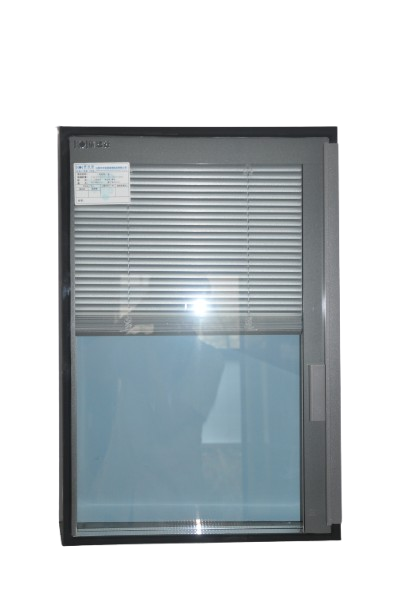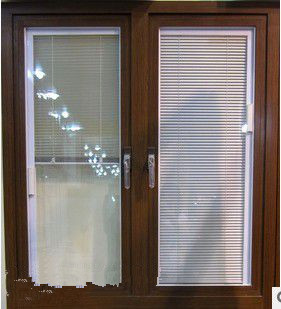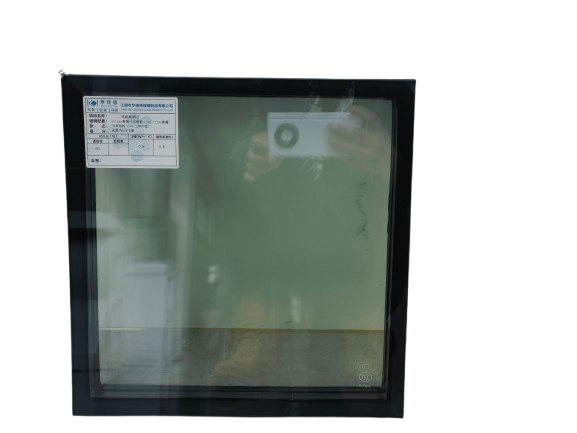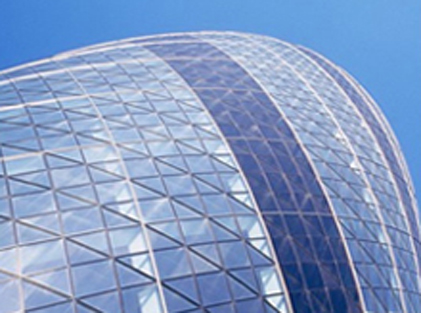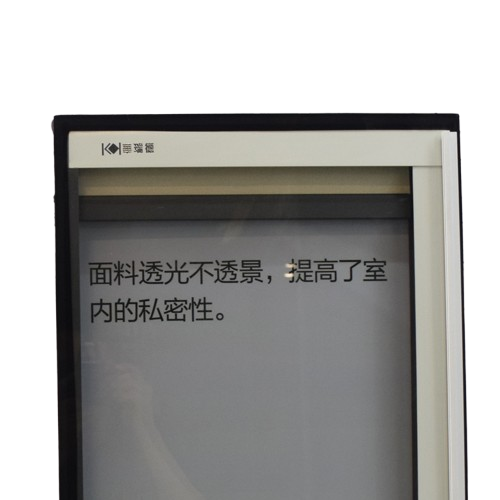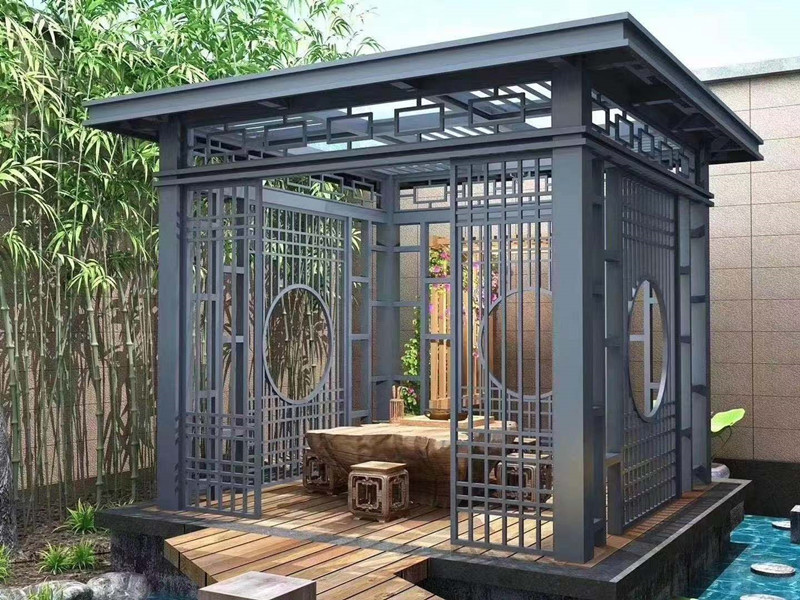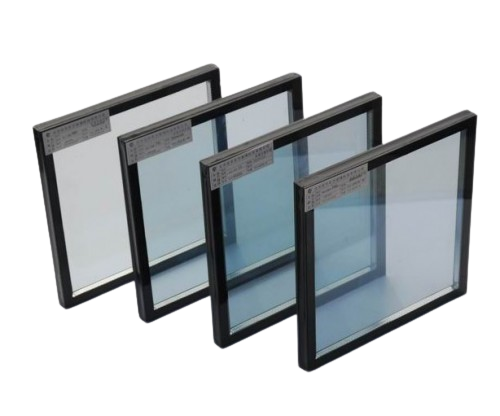Product Introduction
1. Varieties and characteristics
Online Low-E glass has permanent energy-saving characteristics, and its film layer has permanent energy-saving characteristics, and its film layer has a shelf life of 30 years.
Offline Low-E glass production uses a vacuum magnetron sputtering process to coat the glass surface with a single or double layer of pure silver functional film, and multiple layers of dielectric film are required on both sides of the silver. Generally, the film system consists of several to dozens of layers, of which only the silver film layer plays a low-radiation role, and the other film layers are all protective and transitional layers. Since the offline Low-E coating temperature is room temperature, the film layer is physically bonded to the glass, and the film layer has poor firmness and can even be wiped off by hand. Moreover, silver is very easy to oxidize, and the film layer is a "soft coating".
Offline Low-E glass must be processed into insulating glass in a very short time, and the edge coating must be removed when forming the insulating glass. Due to the weak respiration of insulating glass, water vapor, sulfide, and oxide enter the cavity, which will cause the offline Low-E glass to gradually lose its thermal insulation performance, and the appearance will become dirty and discolored. Therefore, the shelf life of the best products of domestic offline manufacturers is only 10 years.
2. Energy saving effect and durability
Online Low-E glass uses a tin dioxide semiconductor film layer with an emissivity of 0.10 to 0.20. Since the tin dioxide semiconductor layer has very good chemical stability, it can maintain a low emissivity permanently and the heat transmission coefficient K value will not change. Due to the good stability of the film layer, the performance of the online Low-E glass can be guaranteed to never decay whether it is used as a single piece or combined into insulating glass.
Offline Low-E glass uses metallic silver as the radiation functional film for far-infrared thermal radiation. Its initial emissivity can reach 0.1 to 0.15, which is very similar to the offline heat transfer coefficient K value at the beginning. However, since silver will react chemically with trace sulfur and oxygen in the air, once the film layer is slightly oxidized, its emissivity will increase significantly, thereby increasing the heat transfer coefficient K value of the glass, deteriorating the thermal insulation performance, and even causing the glass film layer to discolor and fall off in severe cases.
The following data shows the energy-saving effect of two low-emissivity glasses relative to white glass under different climatic conditions
| Product Type | Guangzhou | Shanghai | Beijing | Haerbing |
|---|---|---|---|---|
| Offline Low-E (high transmittance) | 30% | 22.5% | 22% | 22% |
| Online Low-E (high transmittance) | 29% | 22% | 23% | 25% |
From the data in the above table, we can see that in hot areas and the vast central region, the energy-saving effects of offline low-E glass and online low-E glass are not much different in the above areas; while for extremely cold areas, the comprehensive energy-saving effect of online low-E glass products is better than that of offline low-E glass.
3. Product cost performance
At present, the price of online products is generally about 30% higher than that of offline products. Due to its excellent product performance and permanent energy-saving characteristics, it has been widely used in high-end curtain wall buildings in developed countries in Europe and the United States. The successful launch of Yaohua's online Low-E glass has created a market that offline products cannot enter in industries such as home appliances and luxury buses.
Comparison of the comprehensive performance of online and offline Low-E glass
| Product Type | Single chip use | Machinability | K Value | Wear resistance | Acid resistance | Long-term energy saving effect |
|---|---|---|---|---|---|---|
| Online Low-E Glass | Yes | Dood | Meet International | Good | Good | Good |
| Offline Low-E Glass | No | Bad | Meet International | No | No | Generally |
Let’s talk about it
- WhatsAppWhatsApp:86-13917973112
- Call UsCall Us:86-15152281980



